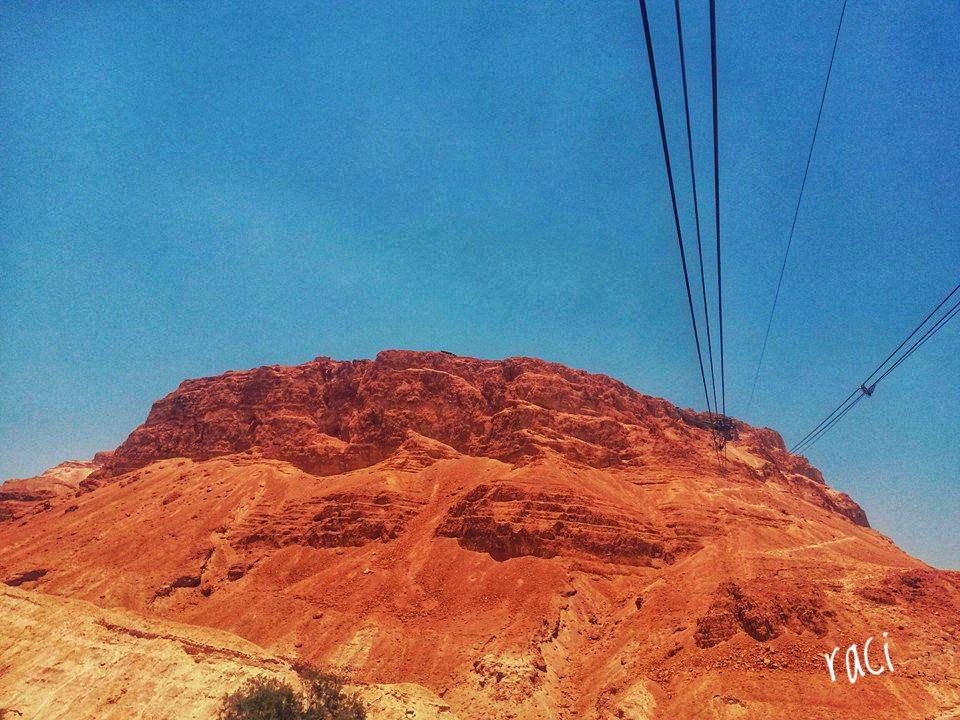
The former Jewish fortress Masada (from Hebrew - Mezadá "fortress") is located in Israel at the southwestern end of the Dead Sea; The fortress is now part of an Israeli national park named after it. The archeological site Masada was added to the list of the UNESCO Cultural World Heritage in 2001.
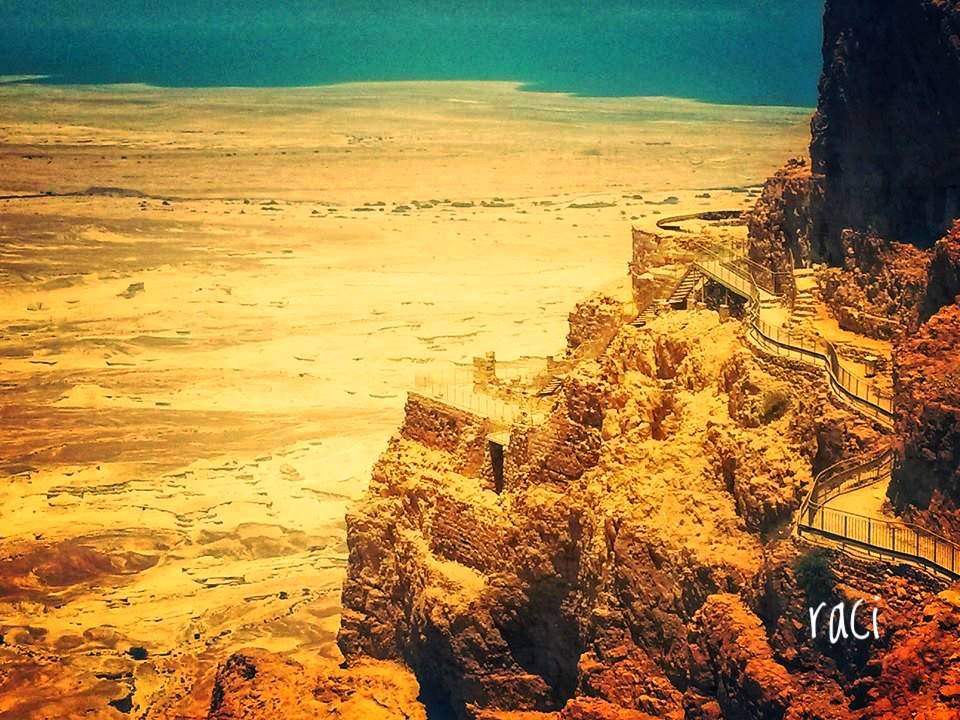
Masada is an isolated table mountain, part of the Judean Mountains along the western edge of the Jordan Trench, located between the Dead Sea and the Judean Desert.
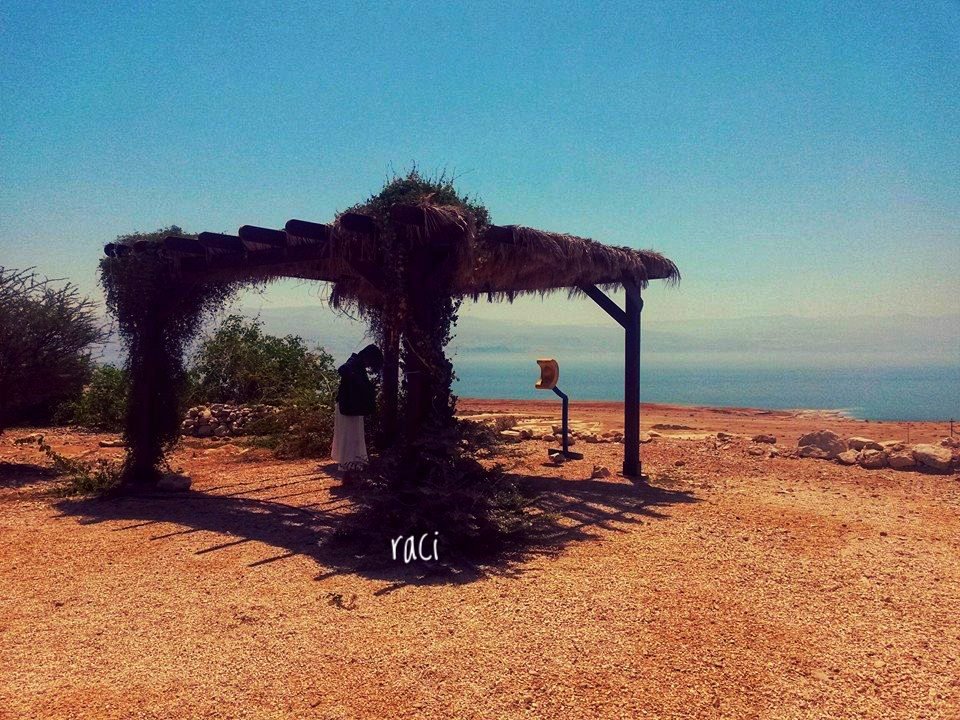
The fortress was essentially commissioned by King Herod I (the Great) (73-4 BC) between about 40 BC and 30 BC. At the time it was considered impregnable. After the death of King Herod a Roman garrison was stationed here.
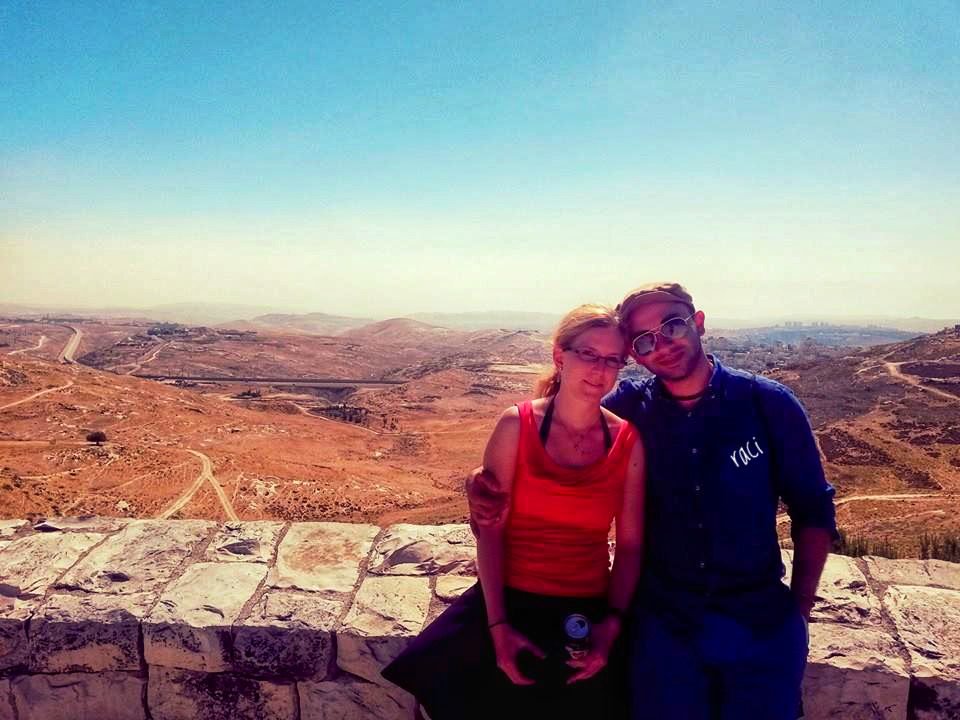
Due to the location and the good visibility of the access routes, the 300 to 600 meter large and largely level summit plateau, Masada was naturally easy to defend. Through the buildings of Herod, the mountain became a fortress - he built a wall around the plateau with almost 40 towers. Inside the fortress wall he built a large number of other buildings, including warehouses, stables, a commandery, shelters, bathhouses, swimming pools, and palaces, including the North Palace, which had been knocked down several steps into the hillside. It offers a great view of the Judean Desert and, with its northward orientation, the most favorable climatic position on the mountain in summer. The palace was built of limestone and decorated with murals in the Pompeian style and numerous mosaics. On its eastern side lay the royal bathhouse.
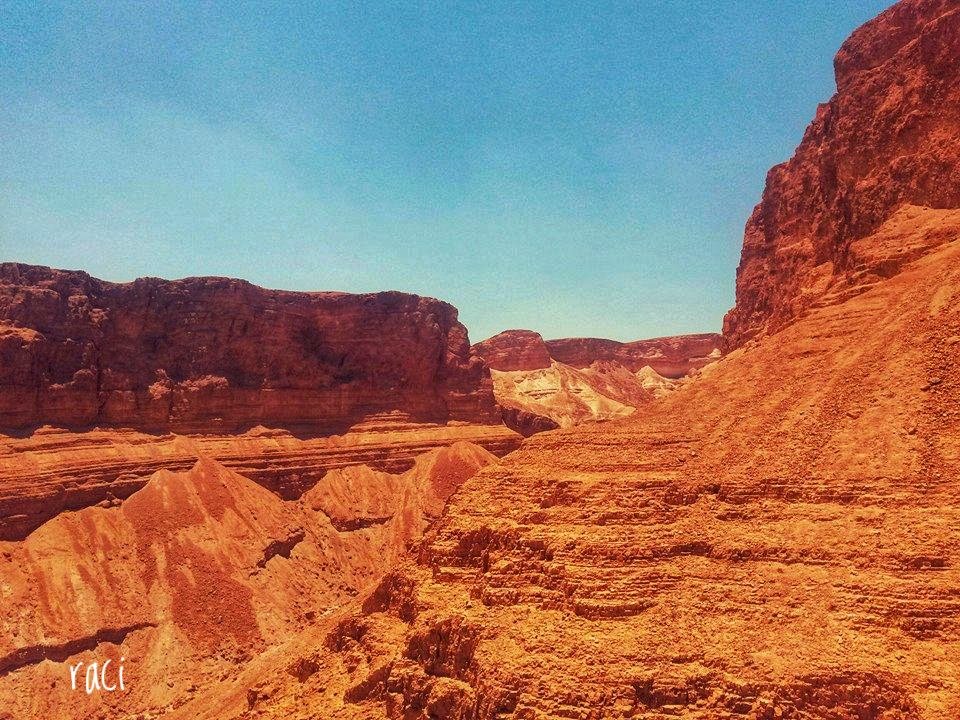
In order to defend the desert fortress, large reserves of food were accumulated and twelve cisterns were dug on the northwestern slope, which could store tens of thousands of cubic meters of rainwater. The water was brought up via two aqueducts. It served as drinking water, but was also used for swimming pools and bathhouses.
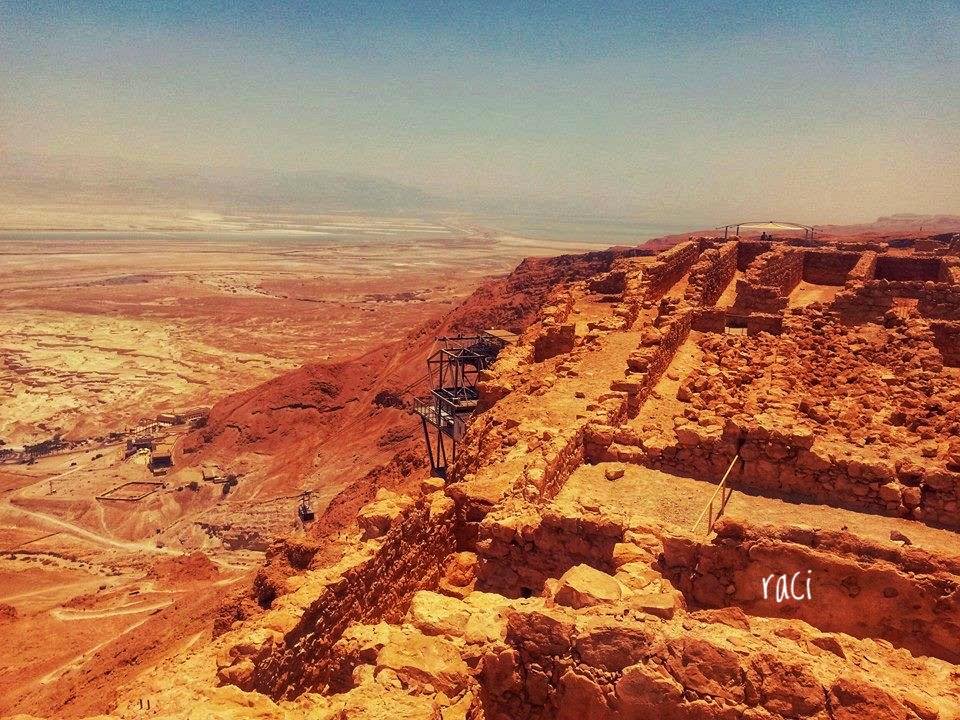
In the year 73/74 AD, Masada was conquered by the 10th Roman Legion and nearly 4000 auxiliary soldiers under the commander Flavius Silva. It is reported that under the leadership of Eleazar ben-Ya'ir, when the situation became hopeless, the conquered Jews decided that they would rather die as free people than fall into the hands of the Romans. They appointed a few men to kill the rest of the group and then kill themselves. When the Roman soldiers stormed the fortress, they found only dead silence: 960 men, women and children had killed themselves. Only two women and five children had hidden and could report what had happened. The act made Masada a symbol of Jewish desire for freedom.
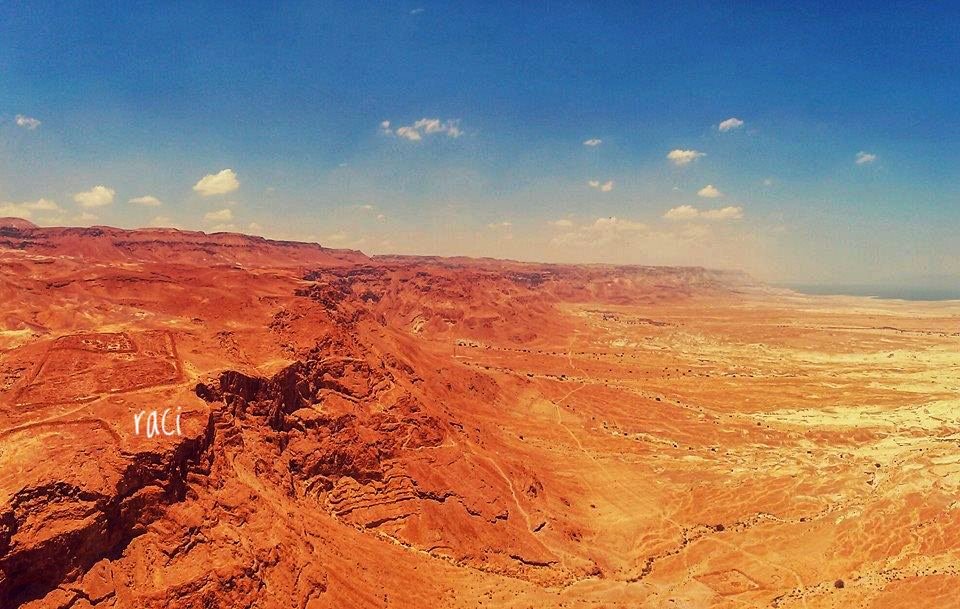
Since the early 1960s, it was planned to create a national park in Masada. The National Park Authority was founded in 1963, and in 1966 Masada was declared a National Park by the Ministry of the Interior. It covers 230 ha and includes the fortress and the Roman siege works. In 1967, the area was extended to 340 ha, it now also included parts of the road to Arad. Access to the fortress was possible through the snake trail on the eastern slope.
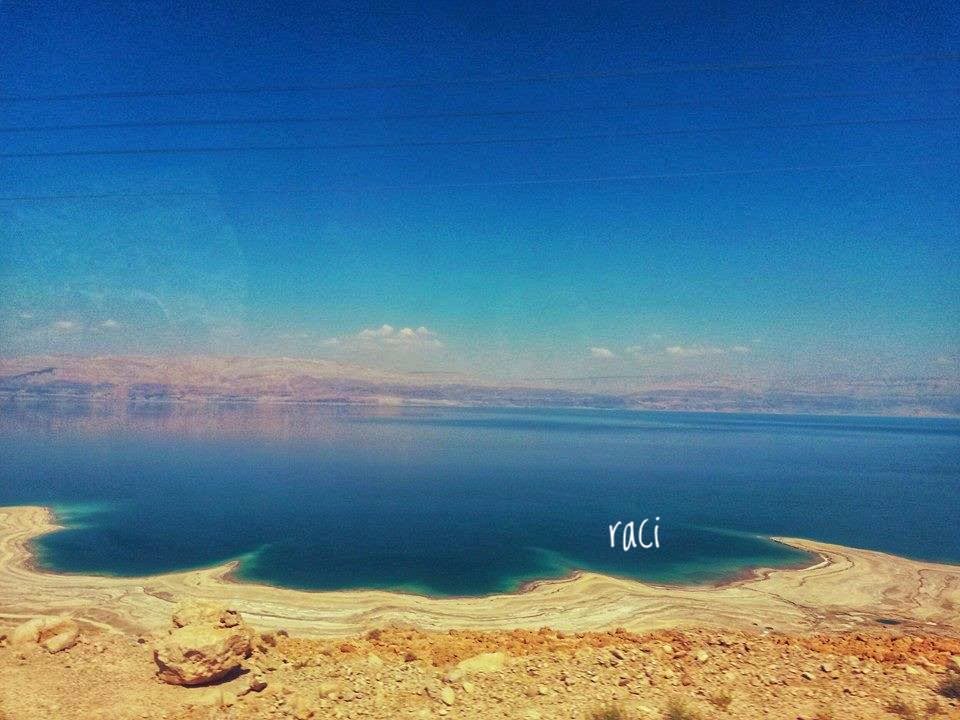
Since 1971, a 900 m long aerial cablecar leads from -257 m below sea level to the summit plateau in 33 m above sea level. That makes it the lowest cable car in the world. The equipment of the cable car was very controversial, as it changed the appearance of the site heavily.
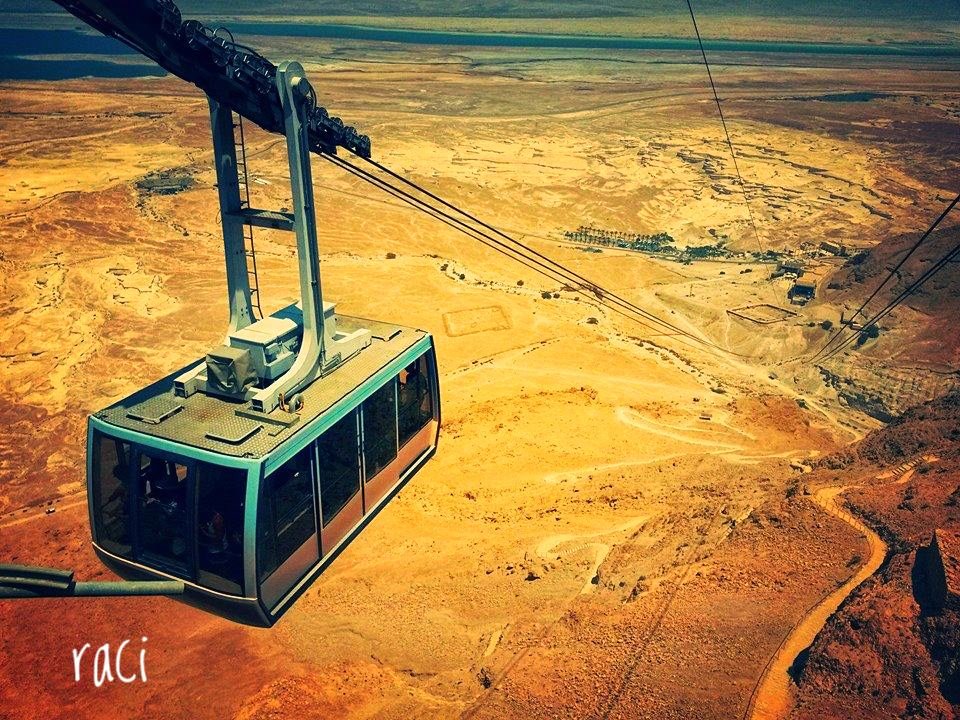
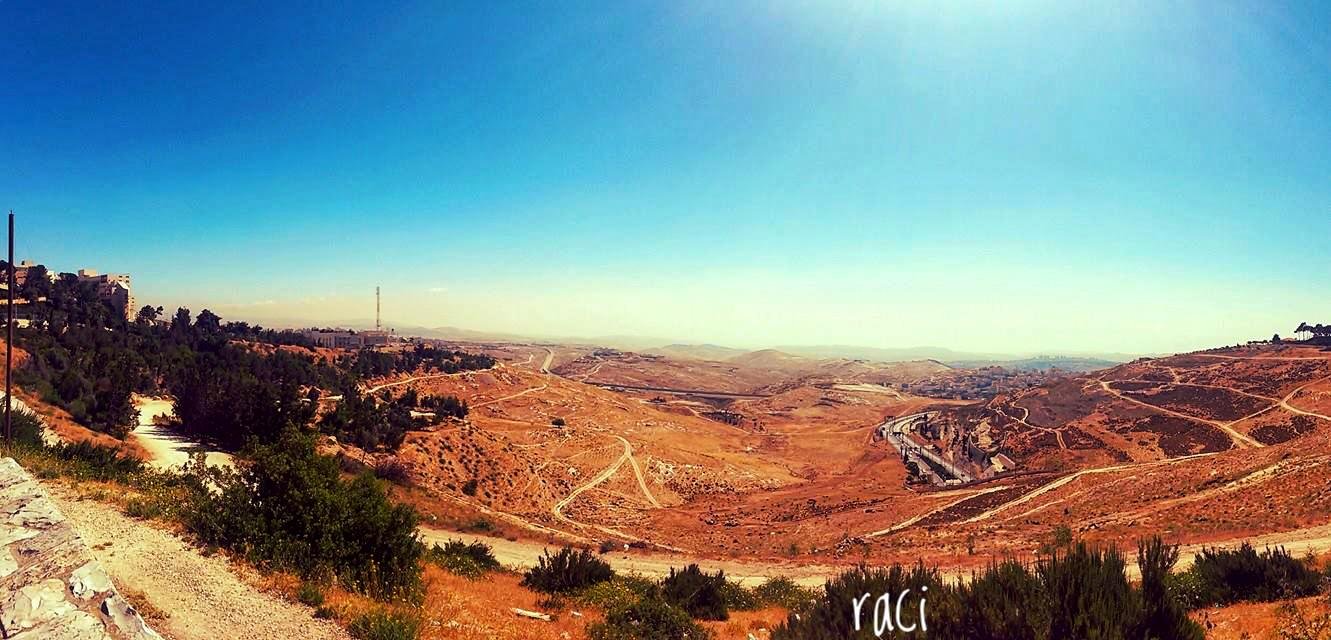
We went there for a weekend excursion and the background story is based on what the tour guide told us and our own fact check on Wikipedia.
#masada #deadsea #wonderland #desert #nature #reserve #israel #travel #photography #pictures #throwback-pack #postpromotion #promo-steem #original #canon #nature #wonders
